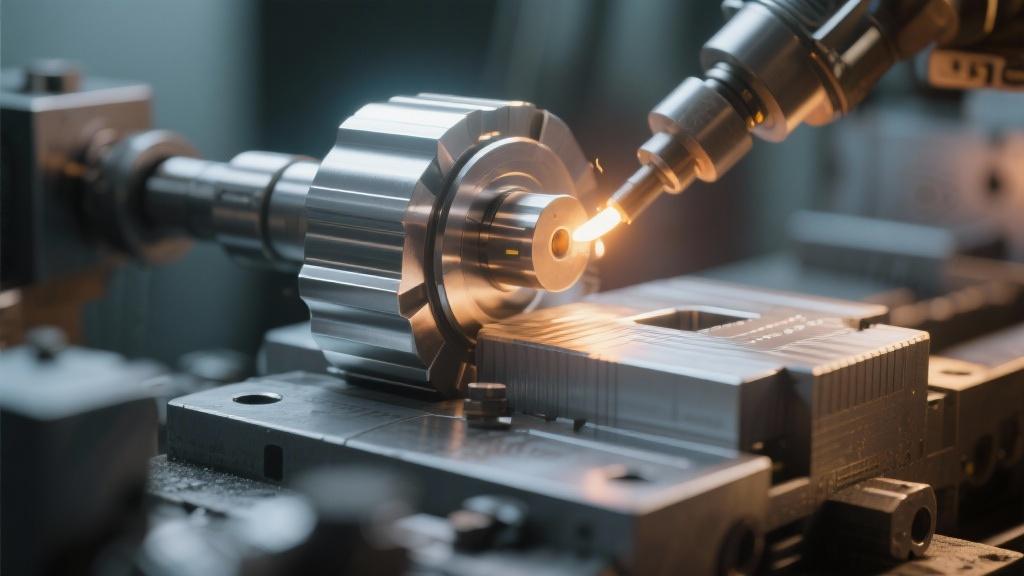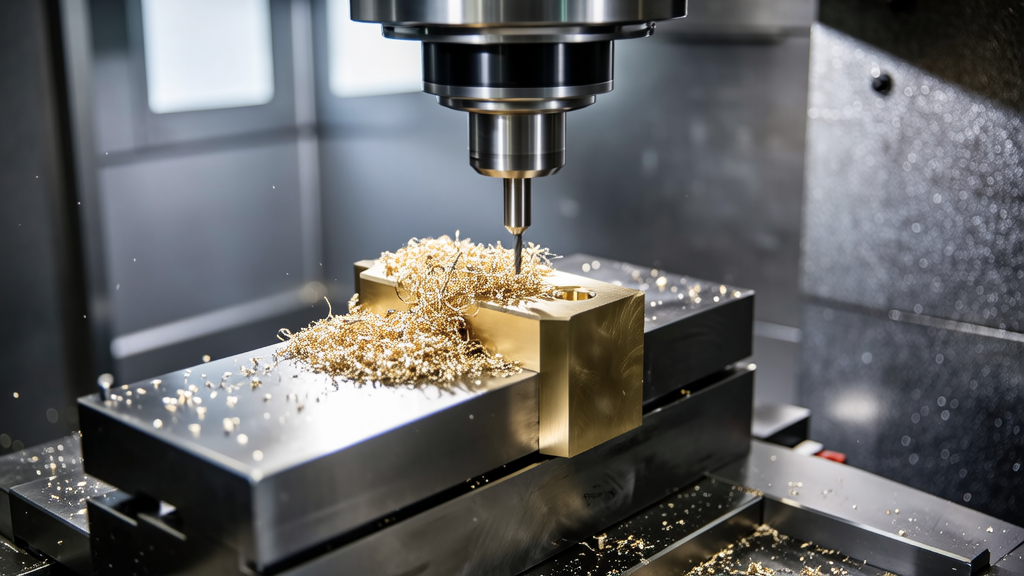When it comes to aluminum machining, heat treatment plays a vital role in enhancing the properties of the metal, ensuring that the final products are not only functional but also durable. In this discussion, we’ll dive deep into the key steps associated with heat treatment and how they contribute to effective aluminum machining.
What is the heat treatment process for aluminum?
The heat treatment process generally involves three major steps: solution heat treatment, quenching, and aging. Each of these processes plays a significant role in determining the final properties of the aluminum:
Why is each step essential in the machining process?
Each step in heat treatment contributes to the material’s performance differently. For instance, solution heat treatment not only improves machinability but also reduces residual stresses, allowing for better final shaping. Quenching ensures that the aluminum retains its desired properties, while the aging phase enhances its hardness and resistance to deformation. This combination is vital for applications where the aluminum parts will be subjected to stress and wear.
What are the common challenges during heat treatment?
While the heat treatment process offers numerous benefits, there are challenges that can arise. For instance, improper quenching can lead to warping or cracking, diminishing the integrity of the aluminum. It’s essential to maintain precise temperatures and control the cooling rate to mitigate such risks. Additionally, understanding the specific alloy’s properties is crucial, as different alloys respond uniquely to the heat treatment process.
Can heat treatment be customized for specific applications?
Absolutely! One of the fascinating aspects of heat treatment in aluminum machining is the ability to tailor it to meet specific application requirements. Different aluminum alloys may require varying heat treatment processes to achieve optimal performance. For example, aerospace components often undergo rigorous heat treatment to ensure high strength-to-weight ratios, while automotive parts could focus on a balance between strength and ductility.
In summary, understanding the key steps in heat treatment for aluminum machining is vital for anyone working in the field. Whether you’re a machinist or an engineer, having a solid grasp of these processes allows you to produce high-quality components that meet strict industry standards and client specifications.
What is the typical temperature range for solution heat treatment of aluminum?
Solution heat treatment usually occurs at temperatures between 500 and 1000 degrees Fahrenheit, depending on the specific aluminum alloy being used. These temperatures allow the alloying elements to dissolve properly.
Maintaining the correct temperature is crucial because it directly influences the material’s final properties, such as strength and toughness.

How long does the quenching process typically take?
The quenching process generally takes just a few seconds to a couple of minutes, depending on the size and thickness of the aluminum component. Rapid cooling is important to effectively lock in the desired properties achieved during the solution treatment.
If quenching is done too slowly, the aluminum may not achieve its intended strength, which can compromise the entire machining process.
What are some common alloys used in heat-treated aluminum machining?
Aluminum alloys like 6061, 7075, and 2024 are often utilized due to their favorable mechanical properties after heat treatment. Each alloy has its unique characteristics and is chosen based on the specific application requirements.
For instance, 7075 alloy is known for its high strength, making it ideal for aerospace applications, while 6061 is valued for its excellent corrosion resistance.
Can the aging process be varied for different applications?
Yes, the aging process can vary considerably to suit specific applications. Manufacturers can choose natural aging, which can take several days, or artificial aging, which can take just a few hours at elevated temperatures.
The choice of aging method affects the final properties of the aluminum parts, allowing engineers to optimize strength, hardness, or ductility based on their needs.
What should be done to avoid cracking during heat treatment?
Avoiding cracking during heat treatment requires careful control of the heating and cooling rates. Slow and uneven temperature changes can lead to residual stresses that cause cracking.
Properly following the recommended procedures for heating, quenching, and aging can help mitigate these risks, ensuring a successful heat treatment process.









